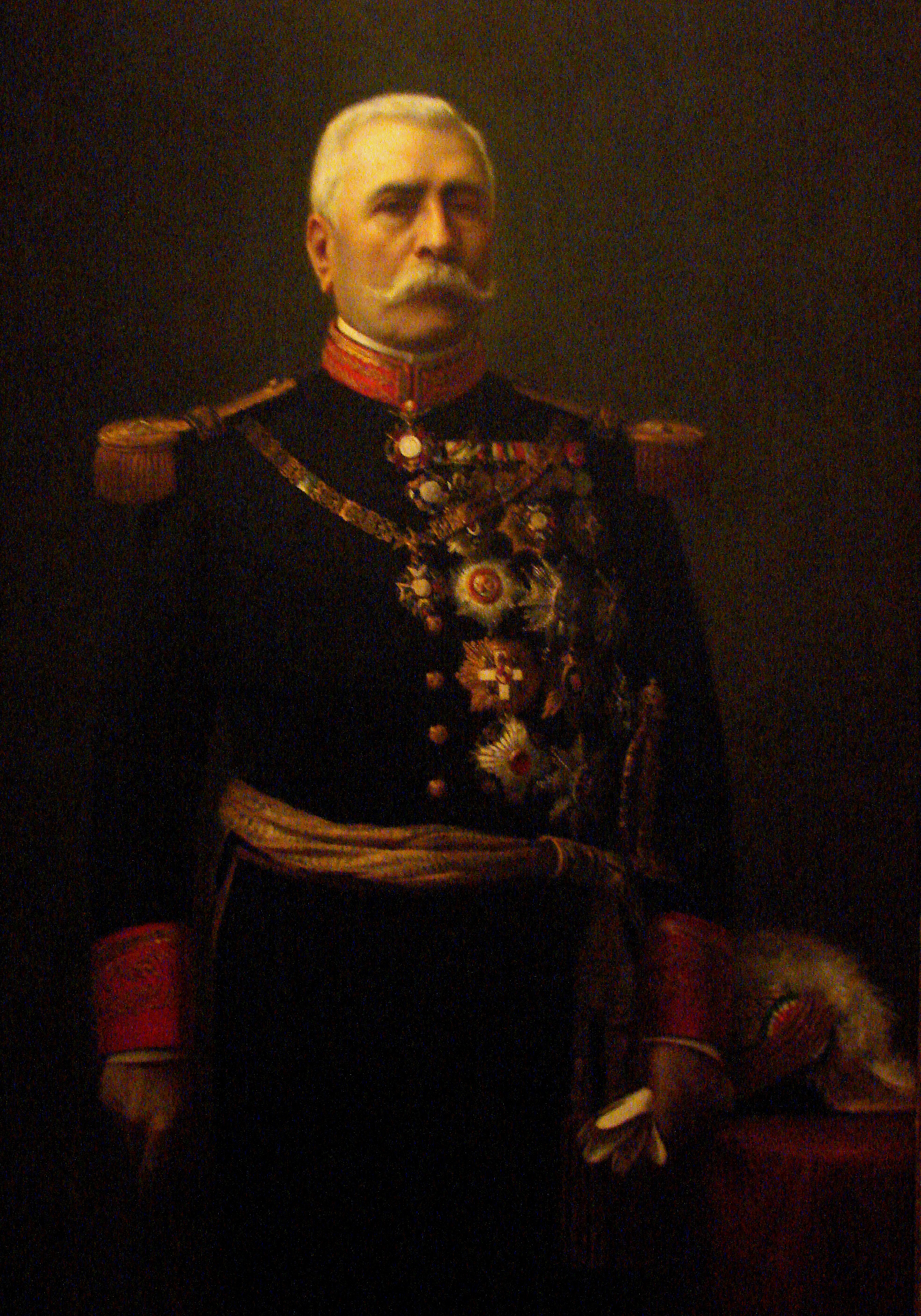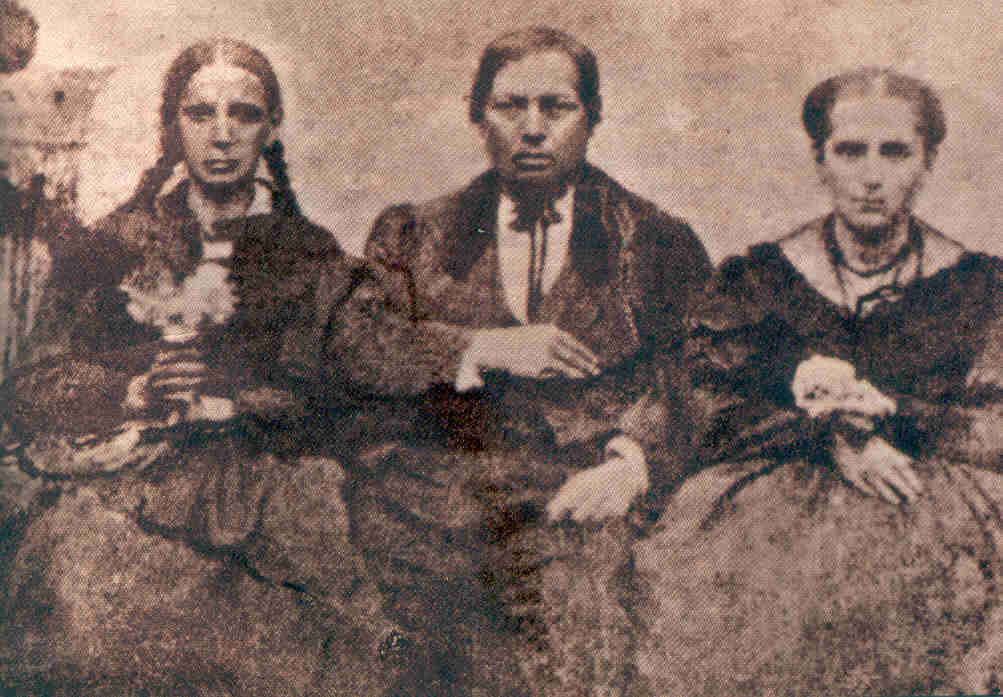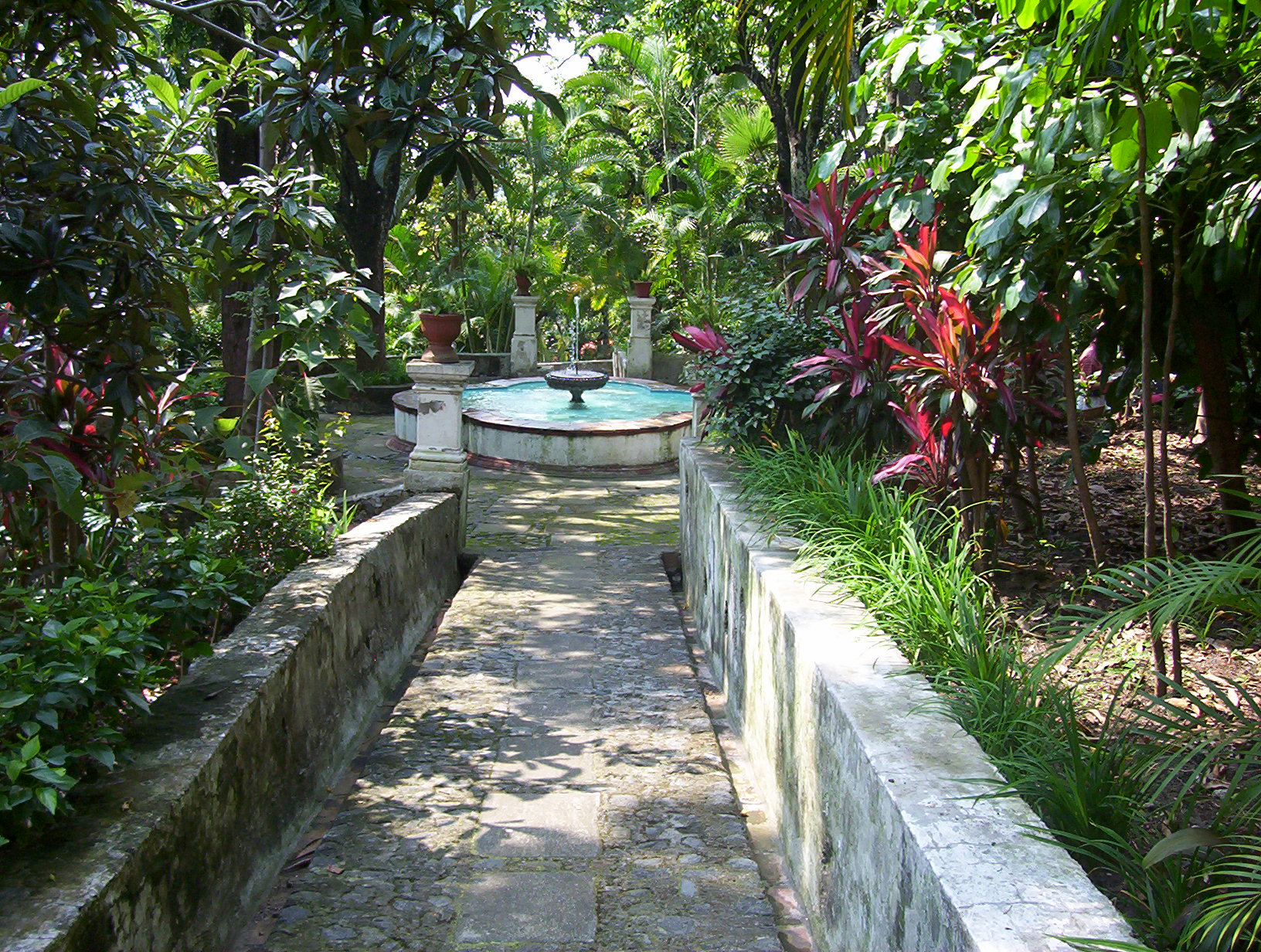|
Battle Of Parque (1912)
The Battle of Parque was a battle during the Mexican Revolution, where Emiliano Zapata and his supporters rebelling against president Francisco I. Madero, who had recently overthrown the previous president Porfirio Díaz. A group of Zapata's supporters attempted to ambush a train containing 27 Mexican Rurales under the command of the American Soldier of Fortune, Emil Lewis Holmdahl. Plan of Ayala and Zapata's Rebellion Against Madero Compromises between the Madero and Zapata failed in November 1911, days after Madero was elected president. Zapata and Otilio Montaño Sánchez, a former school teacher, fled to the mountains of southwest Puebla. There they promulgated the most radical reform plan in Mexico, the Plan de Ayala (Plan of Ayala). The plan declared Madero a traitor, named as head of the revolution Pascual Orozco, the victorious general who captured Ciudad Juárez in 1911 forcing the resignation of Díaz. He outlined a plan for true land reform. Zapata had suppor ... [...More Info...] [...Related Items...] OR: [Wikipedia] [Google] [Baidu] |
Mexican Revolution
The Mexican Revolution ( es, Revolución Mexicana) was an extended sequence of armed regional conflicts in Mexico from approximately 1910 to 1920. It has been called "the defining event of modern Mexican history". It resulted in the destruction of the Federal Army and its replacement by a revolutionary army, and the transformation of Mexican culture and government. The northern Constitutionalist faction prevailed on the battlefield and drafted the present-day Constitution of Mexico, which aimed to create a strong central government. Revolutionary generals held power from 1920 to 1940. The revolutionary conflict was primarily a civil war, but foreign powers, having important economic and strategic interests in Mexico, figured in the outcome of Mexico's power struggles. The United States played an especially significant role. Although the decades-long regime of President Porfirio Díaz (1876–1911) was increasingly unpopular, there was no foreboding in 1910 that a revoluti ... [...More Info...] [...Related Items...] OR: [Wikipedia] [Google] [Baidu] |
Benito Juárez
Benito Pablo Juárez García (; 21 March 1806 – 18 July 1872) was a Mexican liberal politician and lawyer who served as the 26th president of Mexico from 1858 until his death in office in 1872. As a Zapotec, he was the first indigenous president of Mexico and the first indigenous head of state in the postcolonial Americas. Born in Oaxaca to a poor rural family and orphaned as a child, Juárez was looked after by his uncle and eventually moved to Oaxaca City at the age of 12, working as a domestic servant. Aided by a lay Franciscan, he enrolled in a seminary and studied law at the Institute of Sciences and Arts, where he became active in liberal politics. After his appointment as a judge, he married Margarita Maza, a woman of European ancestry from a socially distinguished family in Oaxaca City, and rose to national prominence after the ouster of Antonio López de Santa Anna in the Plan of Ayutla. He participated in La Reforma, a series of liberal measures under the pre ... [...More Info...] [...Related Items...] OR: [Wikipedia] [Google] [Baidu] |
Jolalpan
Jolalpan Municipality is a municipality in the Mexican state of Puebla in south-eastern Mexico Mexico ( Spanish: México), officially the United Mexican States, is a country in the southern portion of North America. It is bordered to the north by the United States; to the south and west by the Pacific Ocean; to the southeast by Guate .... References Municipalities of Puebla {{Puebla-geo-stub ... [...More Info...] [...Related Items...] OR: [Wikipedia] [Google] [Baidu] |
Ambrosio Figueroa ...
Ambrosio may refer to: People *Alessandra Ambrosio (born 1981), a Brazilian model *Arturo Ambrosio (1870–1960), an Italian film producer *Fabrisia Ambrosio, Brazilian-born physical therapist and academic *Franco Ambrosio (1932–2009), an Italian businessman *Giovanni Ambrosio (1420–1484), Italian dancer and writer on dance (Guglielmo Ebreo da Pesaro) *Luigi Ambrosio (born 1963), an Italian mathematician *Thomas Ambrosio (born 1971), American political scientist *Vittorio Ambrosio (1879–1958), an Italian general from World War I and World War II Other * Ambrosio (horse), a racehorse * Ambrosio Film, an Italian film production company that existed from 1906 to 1924 See also *D'Ambrosio *Ambrosiano (other) Ambrosiano was a national (domestic) Italian express train which connected Rome with Milan. Ambrosiano may also refer to: * Banco Ambrosiano, the Italian bank which collapsed in 1982 **Nuovo Banco Ambrosiano The Nuovo Banco Ambrosiano was the b ... [...More Info...] [...Related Items...] OR: [Wikipedia] [Google] [Baidu] |
Tacubaya
Tacubaya is a working-class area of west-central Mexico City, in the borough of Miguel Hidalgo, consisting of the '' colonia'' Tacubaya proper and adjacent areas in other colonias, with San Miguel Chapultepec sección II, Observatorio, Daniel Garza and Ampliación Daniel Garza being also considered part of Tacubaya. The area has been inhabited since the fifth century BCE. Its name comes from Nahuatl, meaning “where water is gathered.” From the colonial period to the beginning of the 20th century, Tacubaya was an separate entity to Mexico City and many of the city’s wealthy, including viceroys, built residences here to enjoy the area’s scenery. From the mid-19th century on, Tacubaya began to urbanize both due to the growth of Mexico City and the growth of its own population. Along with this urbanization, the area has degraded into one of the poorer sections of the city and contains the “La Ciudad Perdida” (The Lost City), a shantytown where people live ... [...More Info...] [...Related Items...] OR: [Wikipedia] [Google] [Baidu] |
Looting
Looting is the act of stealing, or the taking of goods by force, typically in the midst of a military, political, or other social crisis, such as war, natural disasters (where law and civil enforcement are temporarily ineffective), or rioting. The proceeds of all these activities can be described as booty, loot, plunder, spoils, or pillage. During modern-day armed conflicts, looting is prohibited by international law, and constitutes a war crime.Rule 52. Pillage is prohibited. ''Customary IHL Database'', (ICRC)/ |
Pablo Torres Burgos
Pablo is a Spanish form of the name Paul. People *Pablo Alborán, Spanish singer *Pablo Aimar, Argentine footballer *Pablo Armero, Colombian footballer *Pablo Bartholomew, Indian photojournalist *Pablo Brandán, Argentine footballer *Pablo Brenes, Costa Rican footballer *Pablo Alborán, Spanish singer-songwriter *Pablo Casals, Catalan cello virtuoso *Pablo Couñago, Spanish footballer *Pablo Cuevas, Uruguayan tennis player *Pablo Eisenberg (born 1932), American scholar, social justice advocate, and tennis player *Pablo Escobar, Colombian drug lord *Pablo Iglesias Turrión, Spanish politician *Pablo Francisco, Chilean American comedian * Pablo Galdames, Chilean footballer *Pablo P. Garcia, Filipino politician *Pablo Hernández Domínguez, Spanish footballer *Pablo Ibañez, Spanish footballer * Pablo Iglesias Simón, Spanish theatre director, sound designer and playwright *Pablo Lombi, Argentine field hockey player *Pablo Darío López, Argentine footballer *Pablo Iglesias Posse, Span ... [...More Info...] [...Related Items...] OR: [Wikipedia] [Google] [Baidu] |
Puebla City
Puebla de Zaragoza (; nah, Cuetlaxcoapan), formally Heroica Puebla de Zaragoza, formerly Puebla de los Ángeles during colonial times, or known in English simply as Puebla, is the seat of Puebla Municipality. It is the capital and largest city of the state of Puebla, and the fourth largest city in Mexico, after Mexico City, Monterrey, and Guadalajara. A viceregal era planned city, it is located in the southern part of Central Mexico on the main route between Mexico City and Mexico's main Atlantic port, Veracruz—about east southeast of Mexico City and about west of Veracruz. The city was founded in 1531 in an area called Cuetlaxcoapan, which means "where serpents change their skin", between two of the main indigenous settlements at the time, Tlaxcala and Cholula. This valley was not populated in the 16th century, as in the pre-Hispanic period this area was primarily used for the "flower wars" between a number of populations. Due to its history and architectural styles rangi ... [...More Info...] [...Related Items...] OR: [Wikipedia] [Google] [Baidu] |
Interoceanic Railway
The Interoceanic Railway of Mexico (''Ferrocarril Interoceánico de México'') was one of the primary pre-nationalization railways of Mexico. Incorporated in Great Britain in 1888 to complete an unfinished project and compete with the Mexican Railway, it completed a narrow gauge main line from Mexico City to Veracruz in 1891. Branches included Mexico City to Puente de Ixtla (the constructed part of an incomplete line to Acapulco), Puebla to Cuautla, Atencingo to Tlancualpicán, and a cutoff between Oriental and Santa Clara (bypassing Puebla). Through subsidiary Mexican Eastern Railroad, the Interoceanic acquired a branch from San Marcos to Teziutlán in 1902, and in January 1910 it began operating the Mexican Southern Railway from Puebla to Oaxaca under lease. The Mexican government acquired control of the Interoceanic in 1903, and subsequently sold it to the National Railroad of Mexico in exchange for ownership of that company.Fred Wilbur PowellThe Railroads of Mexico Str ... [...More Info...] [...Related Items...] OR: [Wikipedia] [Google] [Baidu] |
Yecapixtla
Yecapixtla ( nah, Yecapixtlān ) is a town and municipality located in the northeast of the state of Morelos in central Mexico. Yecapixtla means, ''Land of men and women with sharp noses''. The town is home to one of the monastery complexes associated with the Monasteries on the Slopes of Popocatépetl World Heritage Site. Yecapixtla is famously known for its tasty, high-quality beef, cecina (cured dry meat). The population of the municipality is 52,651 according to the 2015 census. The town was hit hard by the September 19, 2017 Puebla earthquake, when two people died and the church was damaged.https://www.launion.com.mx/morelos/avances/noticias/113372-reportes-rapidos-despues-del-sismo-de-7-1.html (Dec 17, 2018) The town The town's historic center surrounds the church and former monastery complex of San Juan Bautista. Immediately surrounding it are the four neighborhoods established in 1550: San Pablo, La Concepción, Santa Mónica, and San Esteban. The town center around the m ... [...More Info...] [...Related Items...] OR: [Wikipedia] [Google] [Baidu] |
Jojutla
Jojutla is a municipality in the state of Morelos, Mexico. Its municipal seat is the city of ''Jojutla de Juárez''. The name ''Jojutla'' comes from Nahuatl ''Xoxōuhtlān'' () and means, ''Place of abundant blue skies''. Another interpretation is Jojutla should be written Xo-Xoutla and its etymological roots come from: ''xoxou-ki'', (dye called indigo) and ''Tla-ntli'', (teeth) to indicate abundance, so the name means: ''Place abundant in blue paint''. This meaning is corroborated by Father José Agapito Mateo Minos in ''Nohualco Tlalpixtican'' (1722), about how he saw the maceration and decanting tanks of the ''xoxouki'' plant, when it still existed in the plaza ''Zacate''. Ángela Peralta mentions a unique pyramid consisting of three parts: the ''momozok'', the turret and the ''campanile'' (tower), demolished by the colonial government. Remnants of this can be seen in the staircase of the municipal palace. Jojutla has an area of 143 km2 (55.2 miles2), representing 2.88% of ... [...More Info...] [...Related Items...] OR: [Wikipedia] [Google] [Baidu] |
Cuernavaca
Cuernavaca (; nci-IPA, Cuauhnāhuac, kʷawˈnaːwak "near the woods", ) is the capital and largest city of the state of Morelos in Mexico. The city is located around a 90-minute drive south of Mexico City using the Federal Highway 95D. The name ''Cuernavaca'' is a euphonism derived from the Nahuatl toponym and means 'surrounded by or close to trees'. The name was Hispanicized to ''Cuernavaca''; Hernán Cortés called it ''Coadnabaced'' in his letters to Charles V, Holy Roman Emperor, and Bernal Díaz del Castillo used the name ''Cuautlavaca'' in his chronicles. The coat-of-arms of the municipality is based on the pre-Columbian pictograph emblem of the city which depicts a tree trunk () with three branches, with foliage, and four roots colored red. There is a cut in the trunk in the form of a mouth, from which emerges a speech scroll, probably representing the language Nahuatl and by extension the locative suffix , meaning 'near'. Cuernavaca has long been a favorite escape ... [...More Info...] [...Related Items...] OR: [Wikipedia] [Google] [Baidu] |






